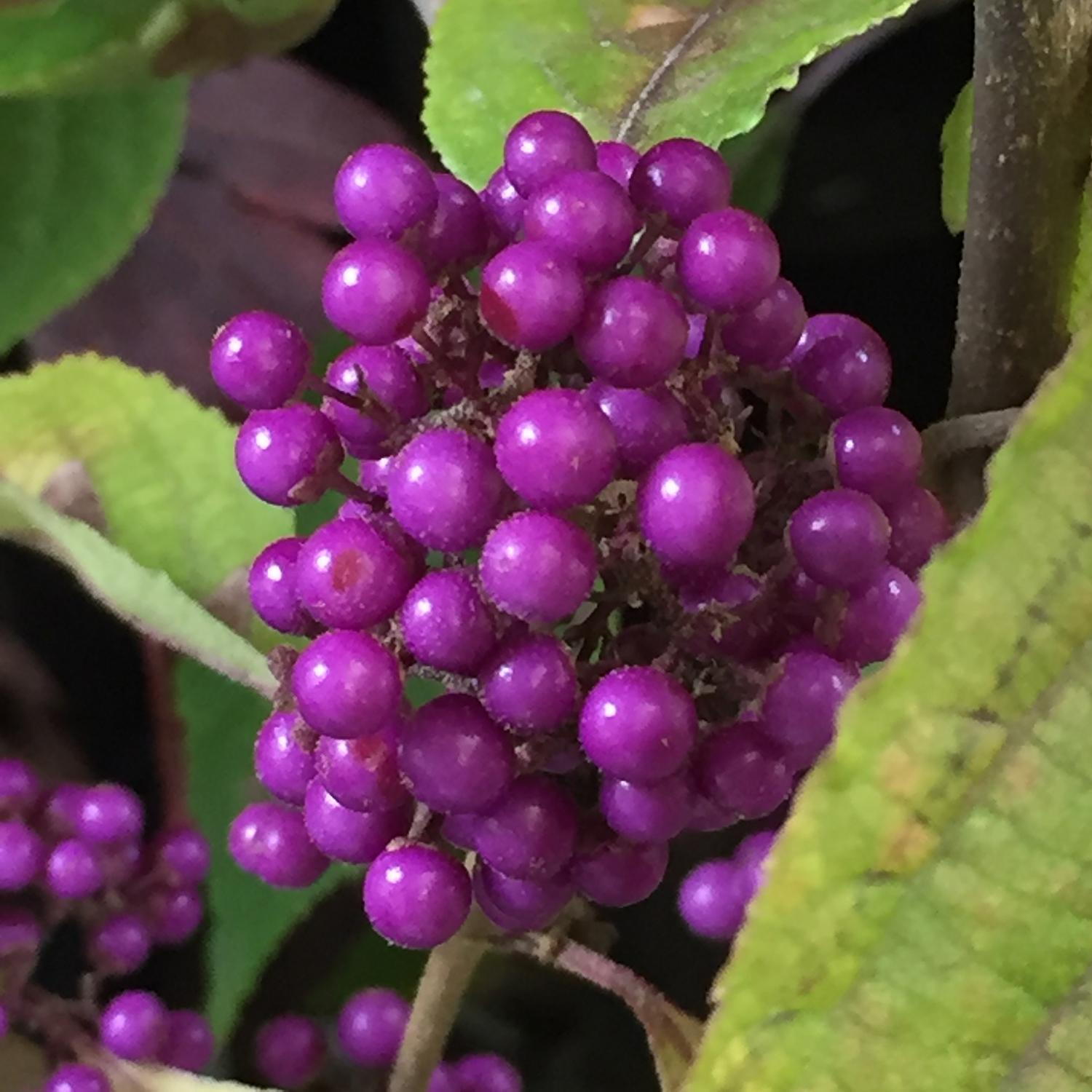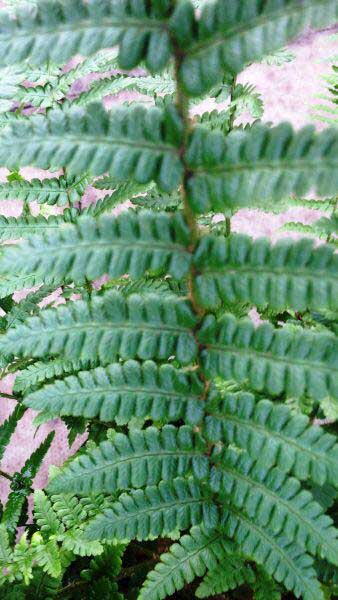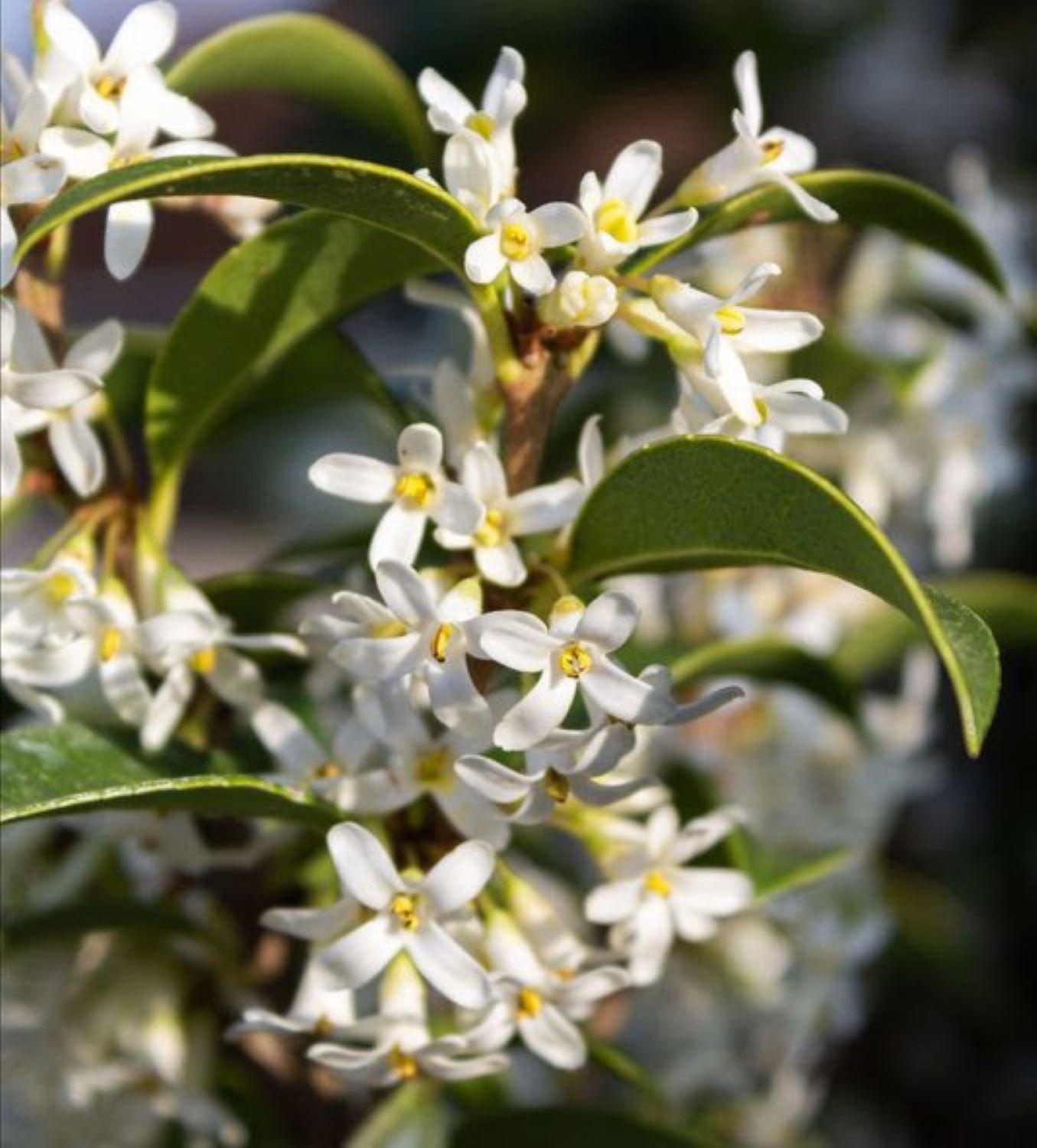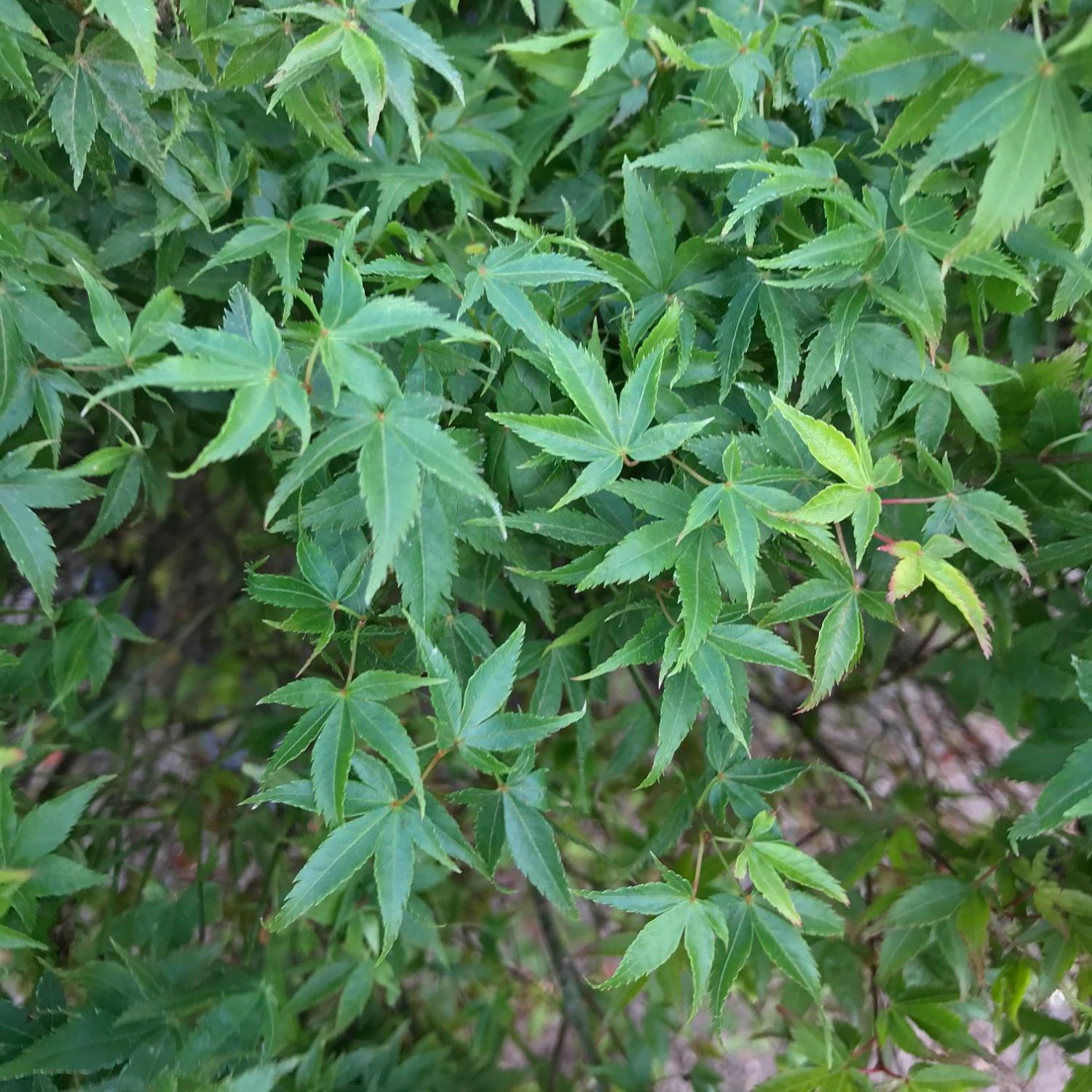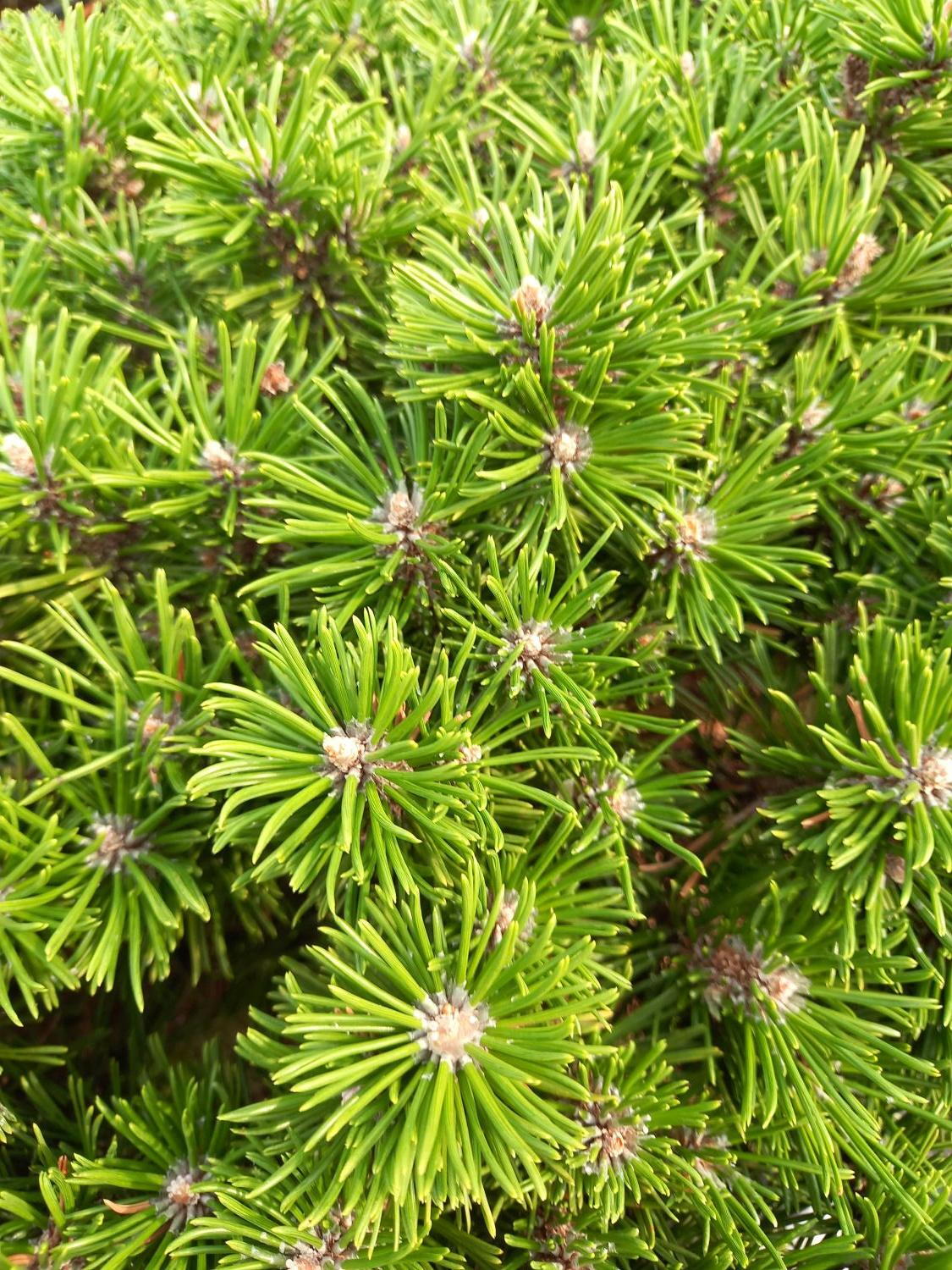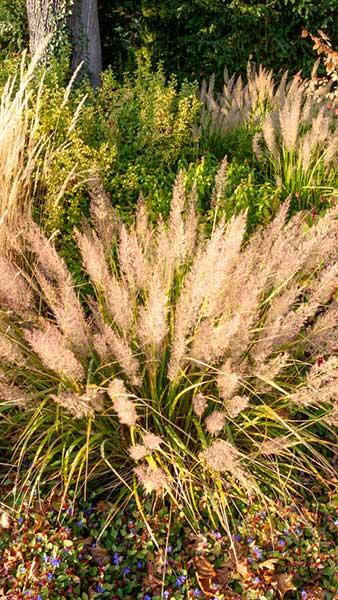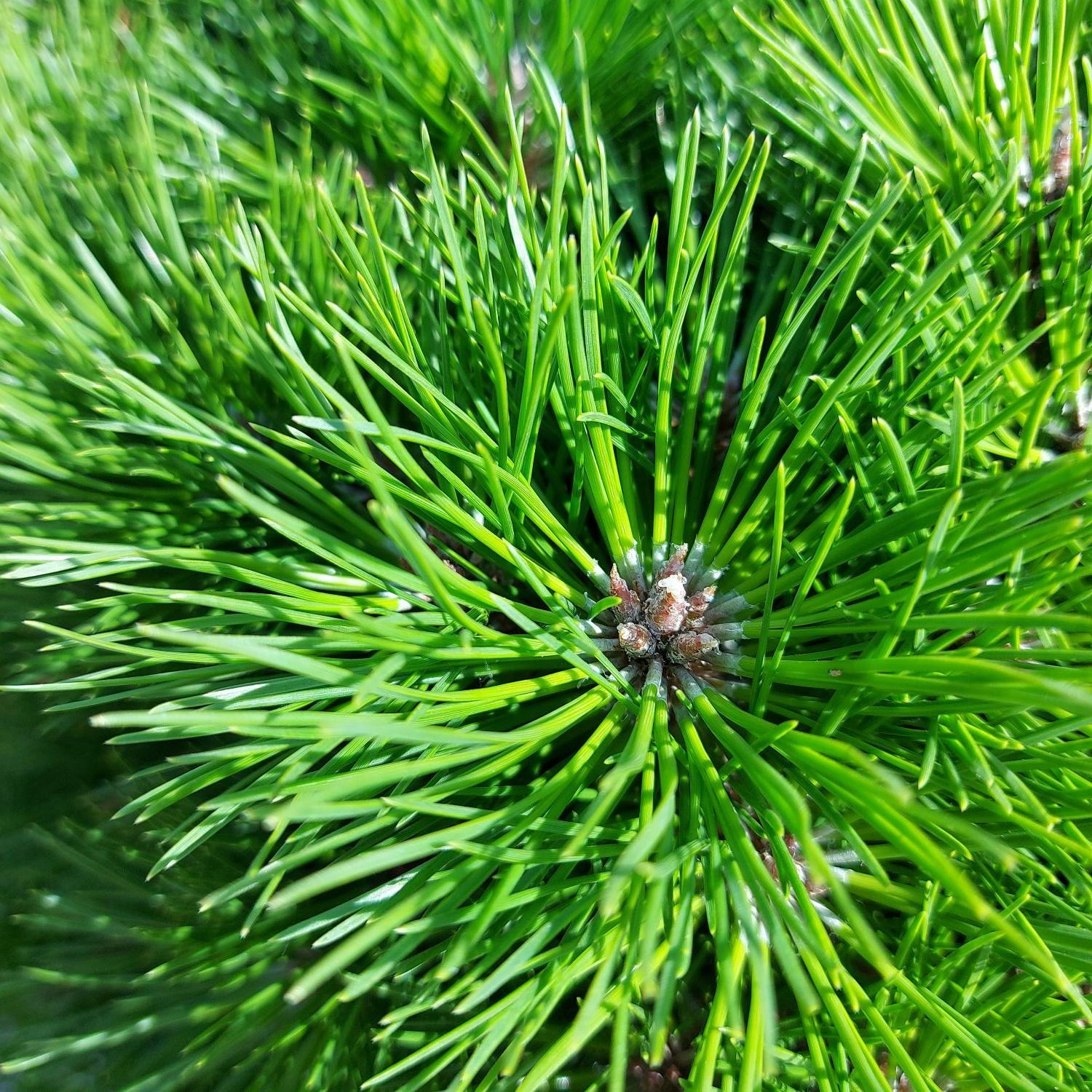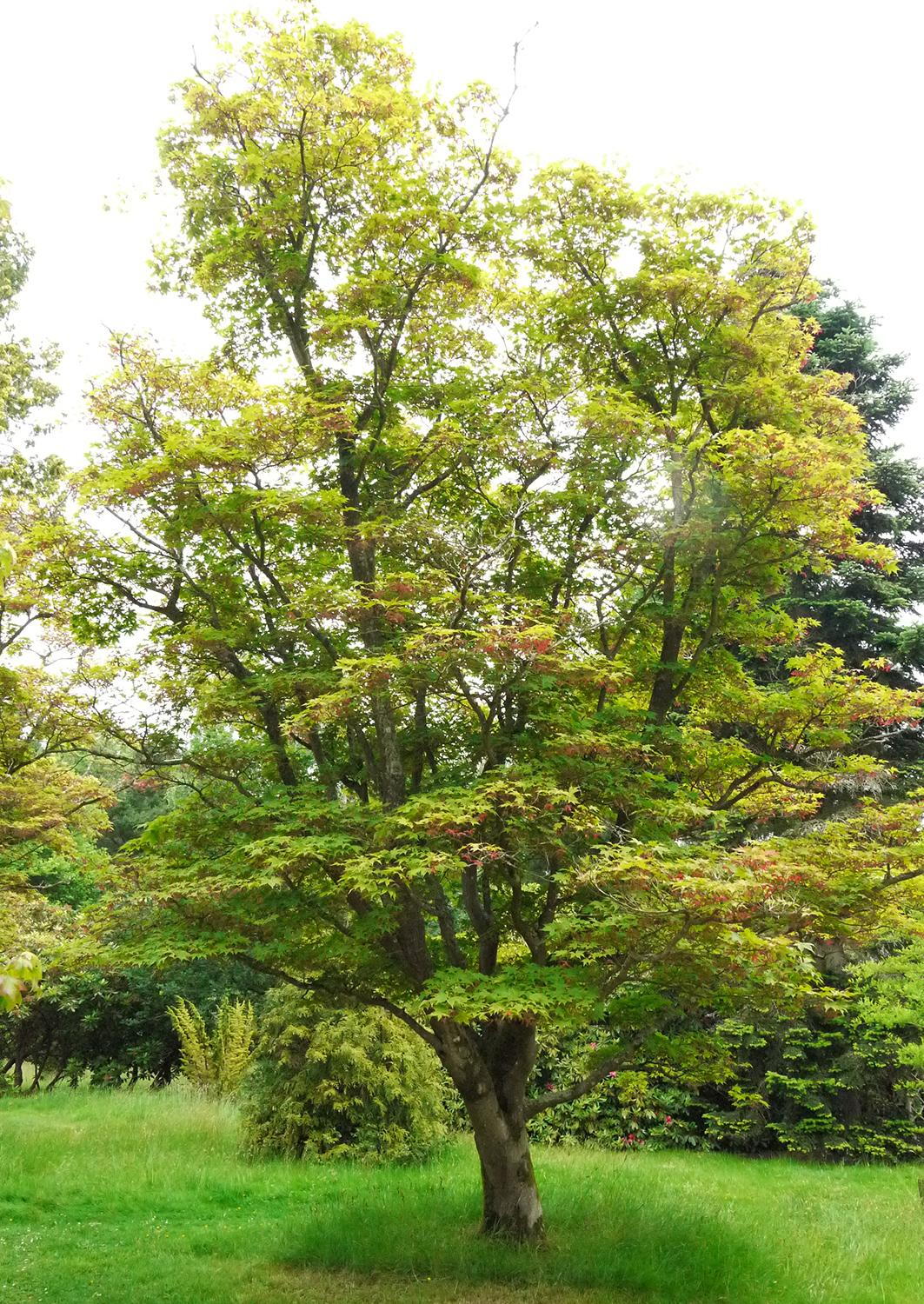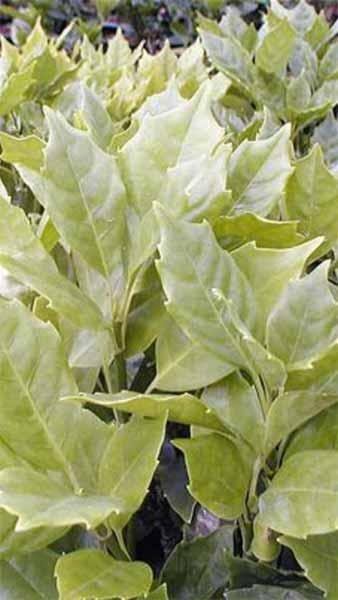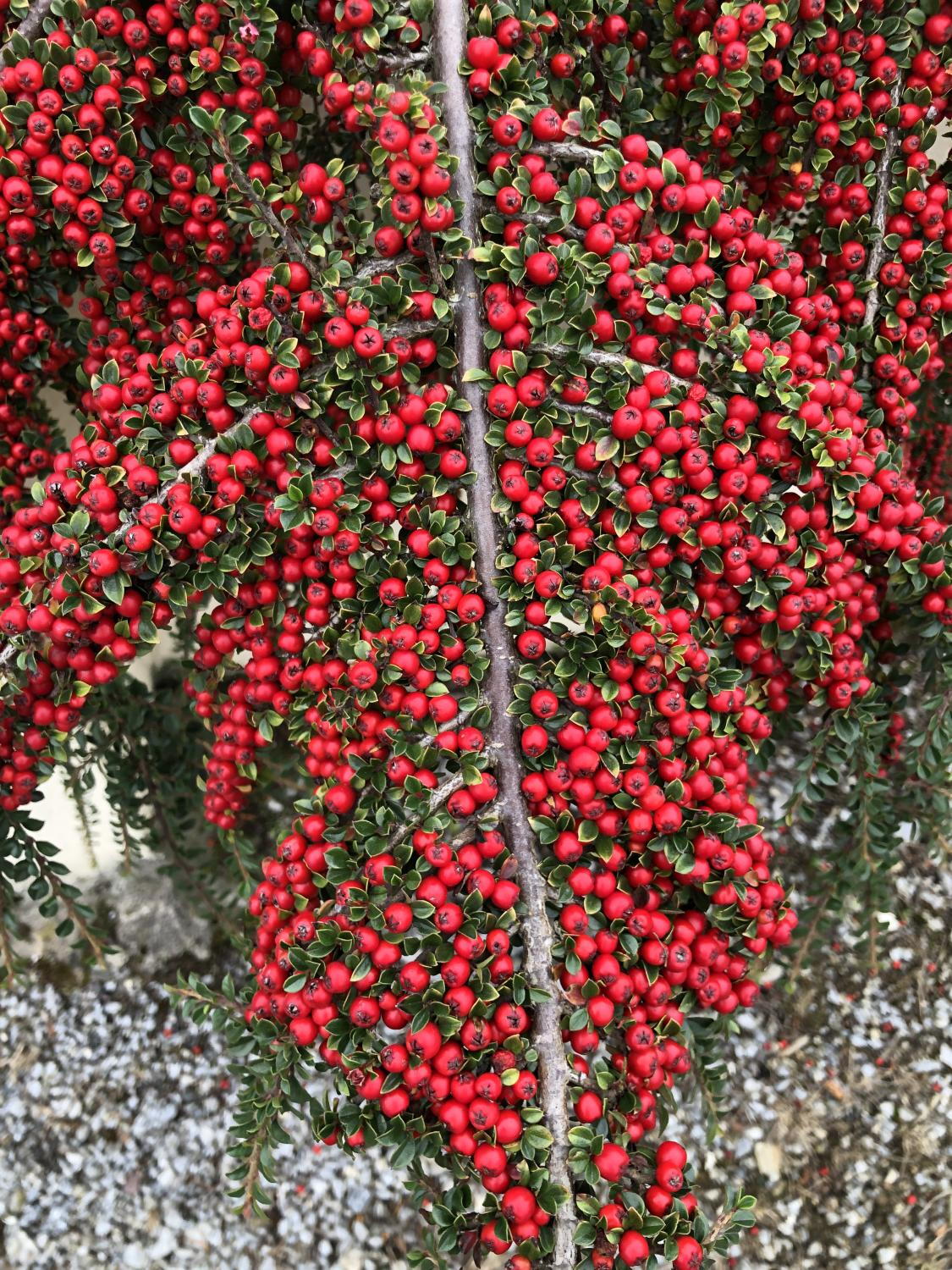Aucuba Japonica Rozannie. Japanese Laurel Rozannie
A compact, evergreen variety of Japanese Laurel, Aucuba Japonica Rozannie is prized for its glossy green leaves and the bright red autumn berries. This ornamental shrub has both male and female flowers, which means that it’s self-fruitful and broad, glossy, serrated leaves. Unlike most Aucuba Japonica cultivars, Rozannie variety doesn’t have a variegated foliage, its leaves a beautiful dark shade of green. In the spring, Japanese Laurel Rozannie flowers profusely, although the purplish, star-shaped flowers are too small to be fully appreciated. However, in the autumn, this ornamental shrub is at its best. In place of minuscule flowers, crimson red berries appear. Accentuated by a backdrop of deep green foliage, the berries are highly decorative and adorn the shrub well into the late spring, as they are of no interest to the wildlife. A Japanese Native, this cultivar is renowned for its toughness and adaptability. Fully hardy in Britain and Ireland, Aucuba Japonica Rozannie is frost resistant and can survive temperatures as low as -15 degrees. Shade-loving, this evergreen shrub grows well in virtually any soil, as long it’s not too wet. Easy to grow, Japanese Laurel Rozannie is generally pest and disease free, and quite easy to take care of. It requires virtually no maintenance, apart from occasional light pruning in the case of dead or damaged stems. Considered of good constitution and exceptional hardiness, this plant is the recipient of the coveted Award of Garden Merit by Royal Horticultural Society.Although other Japanese Laurel varieties are mostly medium-sized shrubs, Rozannie variety stays quite compact when mature. This evergreen shrub grows to be 50 centimetres to 1 metres both high and across, making it ideal for smaller gardens. Fuss-free and with year-round interest, Japanese Laurel Rozannie is an ideal candidate for mixed borders. The shiny, lush foliage without variegation offers endless possibilities when it comes to landscaping. This ornamental shrub can be combined with evergreen shrubs for borders with multiple seasons of interest, used as an accentuating plant for flowering shrubs or as a front row plant, combined with ornamental grasses or large shrubs. As it prefers shade, unlike most shrubs, this cultivar is often used for underplanting trees, as well.

